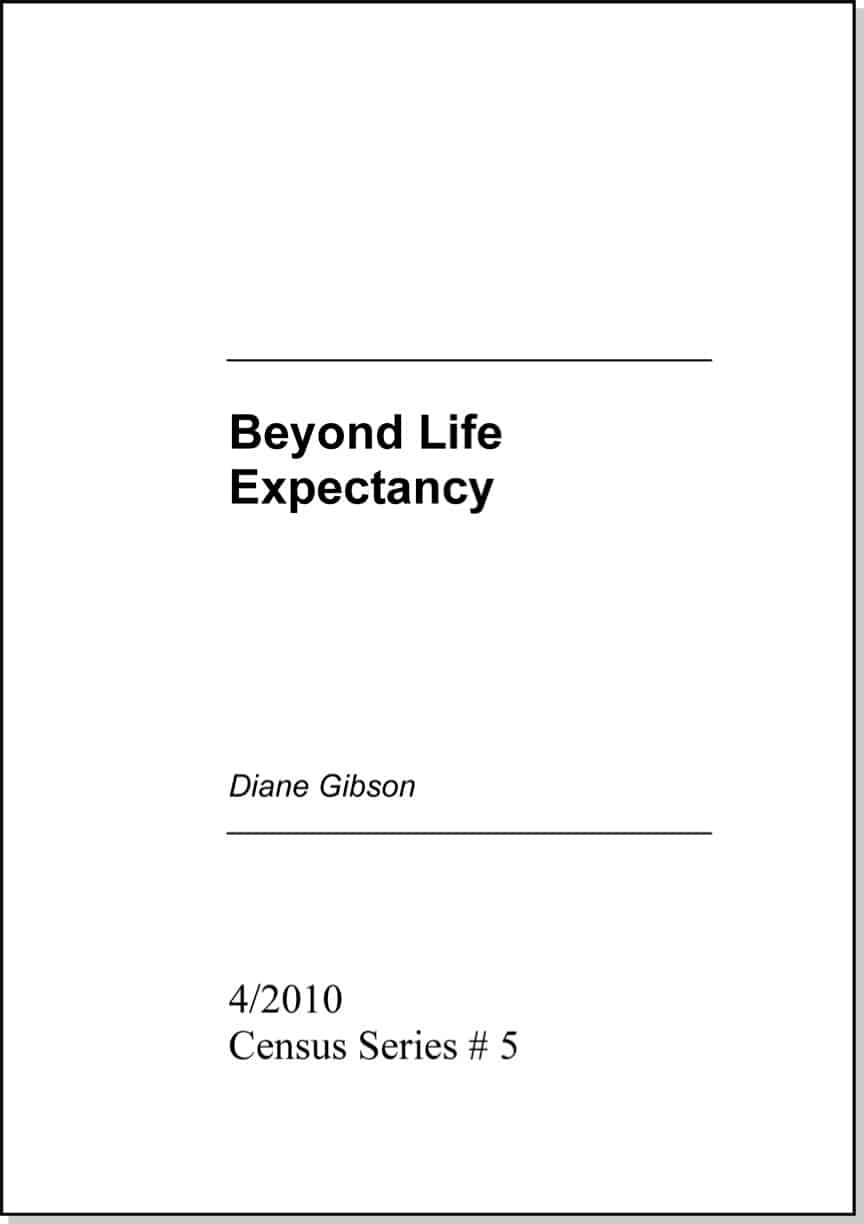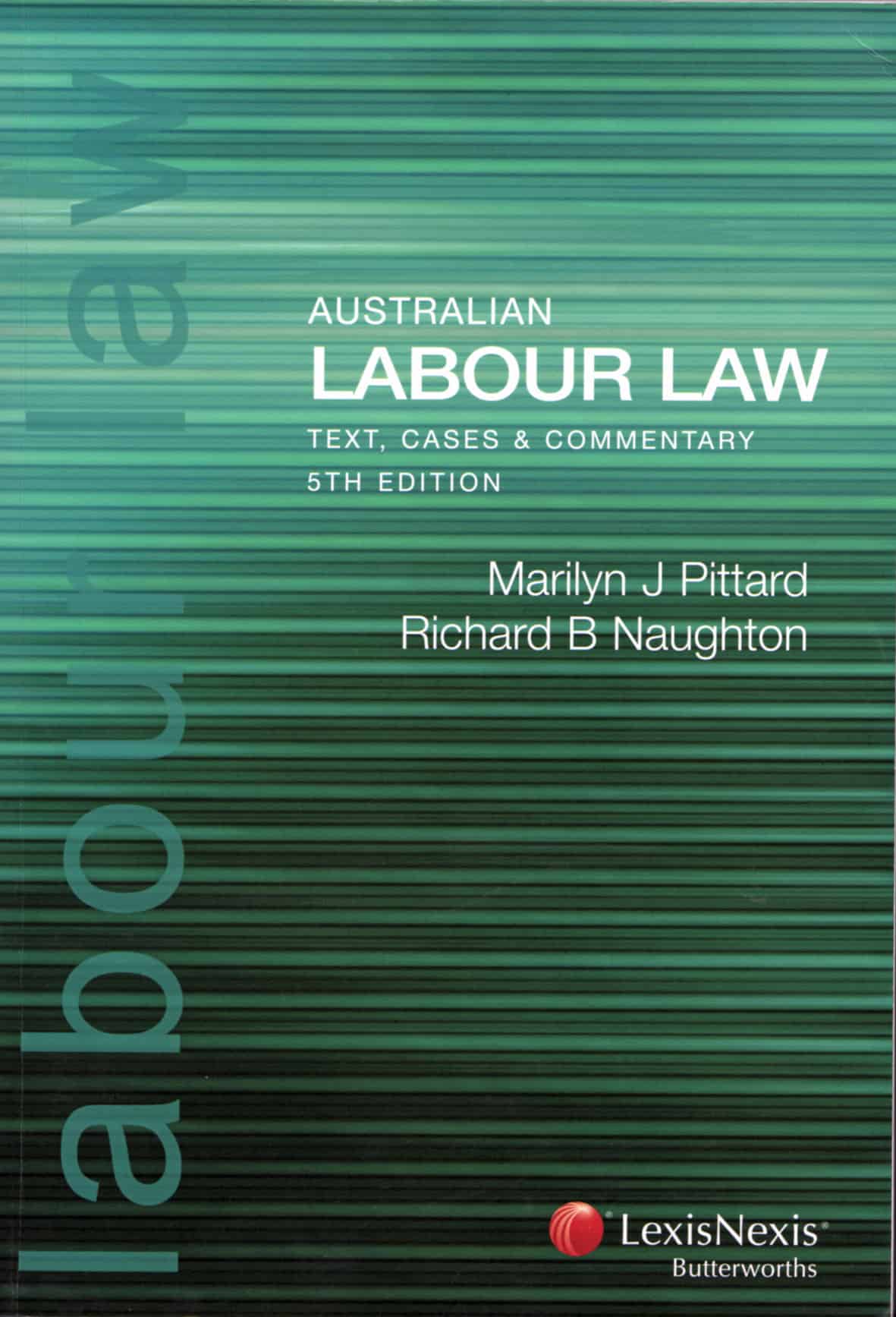 There has been a lot of media attention on the potential impact of an ageing population on all aspects of our society, workplaces included. In terms of OHS, there may be an increased risk of injury as people are encouraged to work longer and past the compulsory retirement age of around 60 to 65. But it is worth looking beyond the newspaper reports to get a better understanding 0f the level of risk presented by current population trends.
There has been a lot of media attention on the potential impact of an ageing population on all aspects of our society, workplaces included. In terms of OHS, there may be an increased risk of injury as people are encouraged to work longer and past the compulsory retirement age of around 60 to 65. But it is worth looking beyond the newspaper reports to get a better understanding 0f the level of risk presented by current population trends.
A report by Professor Diane Gibson for the Academy of Social Sciences in Australia is a terrific way to begin to comprehend the reality of the risk. The report, Beyond life expectancy, was released in May 2010 and provides an interpretation of the 2006 Australian Census data. From a cursory scan of the contents there are important facts that challenge us, particularly if we manage, in any way, people in the workplace. Continue reading “Planning for an ageing workforce – statistical clues”


